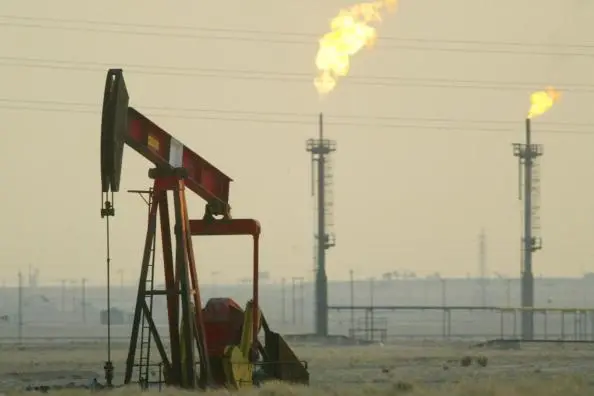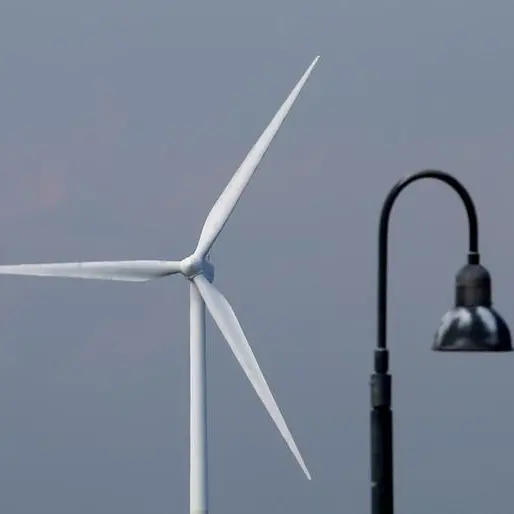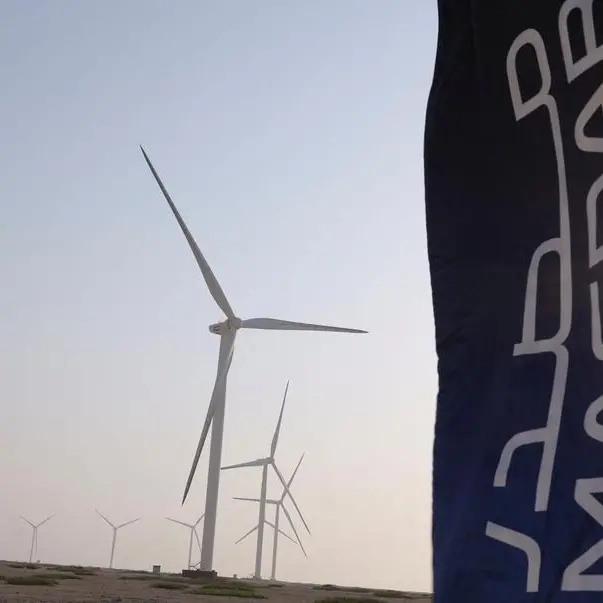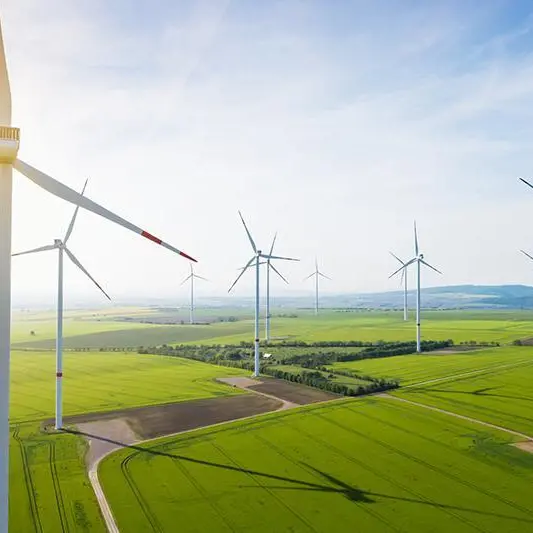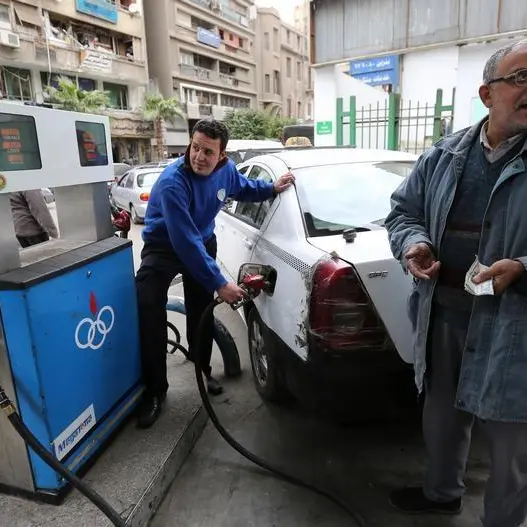PHOTO
Very large crude carriers (VLCC) owners are poised to benefit from a more favourable demand-supply dynamic in 2024, driven by a 2% oil demand growth and flat-to-negative fleet expansion, Saudi-listed National Shipping Company of Saudi Arabia (Bahri) said in its annual report for 2023.
“The 2024 market outlook suggests that while the global economy is expected to see a moderate growth rate of 2.8%, the VLCC market may see a more positive trajectory,” it added.
Following the highs of 2022, the VLCC market faced a lull in earnings in the first quarter before rebounding to a peak of $98,000 per day, driven by rising Atlantic Basin demand, including increased US Gulf crude exports and a rebound in Chinese imports, chairman Mohammed Abdulaziz Al Sarhan stated in the report.
According to Bahri, the VLCC market’s performance will largely depend on OPEC+ strategies and Middle East crude exports.
“The expected increases in world oil demand could encourage OPEC+ to boost production, supporting VLCC demand.”
Moreover, the aging fleet and the scarcity of new deliveries, compounded by uncertainties over future fuel regulations, suggest tightening tonnage supply.
“With only three VLCCs scheduled for delivery in 2024, and potential for older vessels to leave the mainstream market for sanctioned trades, the supply side fundamentals appear increasingly optimistic,” the report said.
The shipping major said that emerging market economies will spearhead global growth, and the displacement of crude oil due to the Russia/Ukraine situation could further increase tonne mile demand as crude travels longer distances.
While scrapping is expected to be negligible due to strengthening market fundamentals, even minimal removal of aging tonnage could result in negative supply growth, potentially strengthening freight rates and overall market conditions, Bahri said.
(Editing by Seban Scaria seban.scaria@lseg.com)
